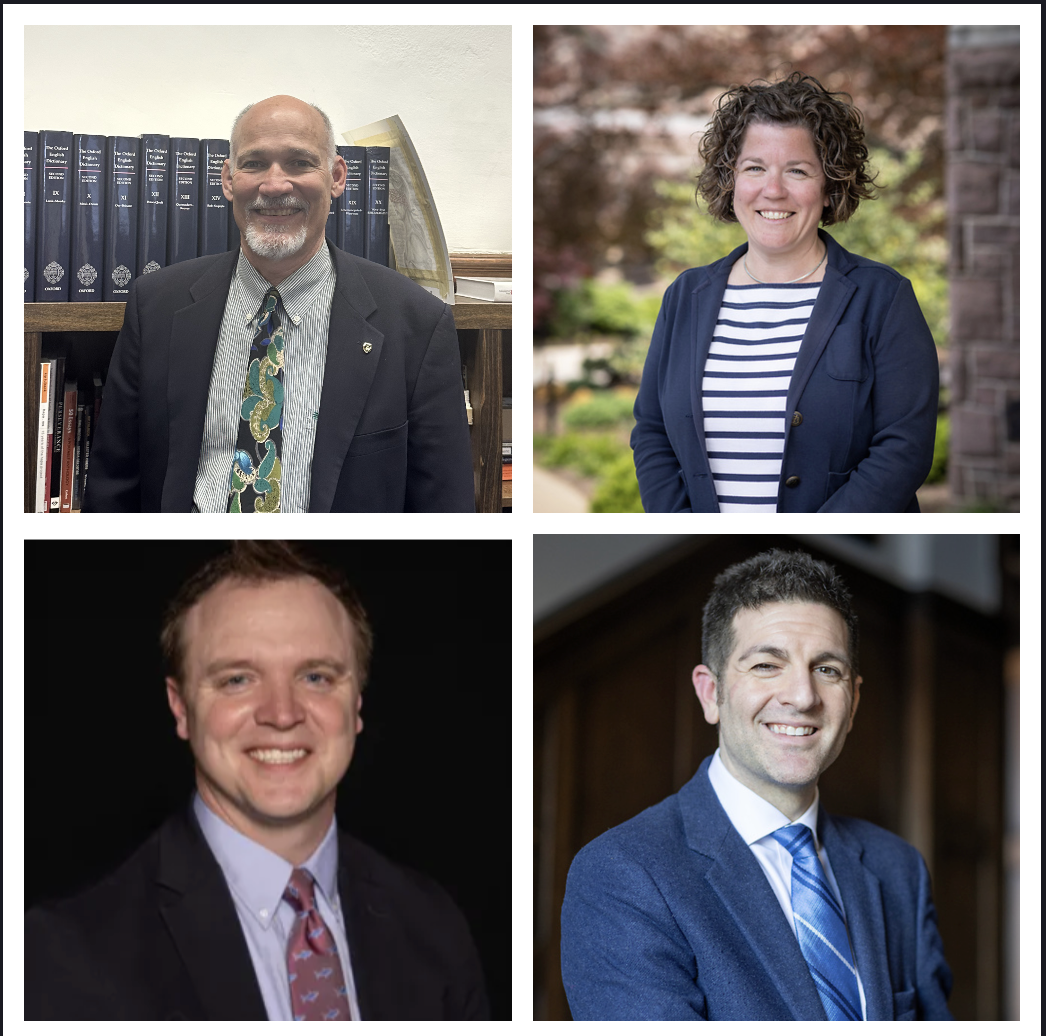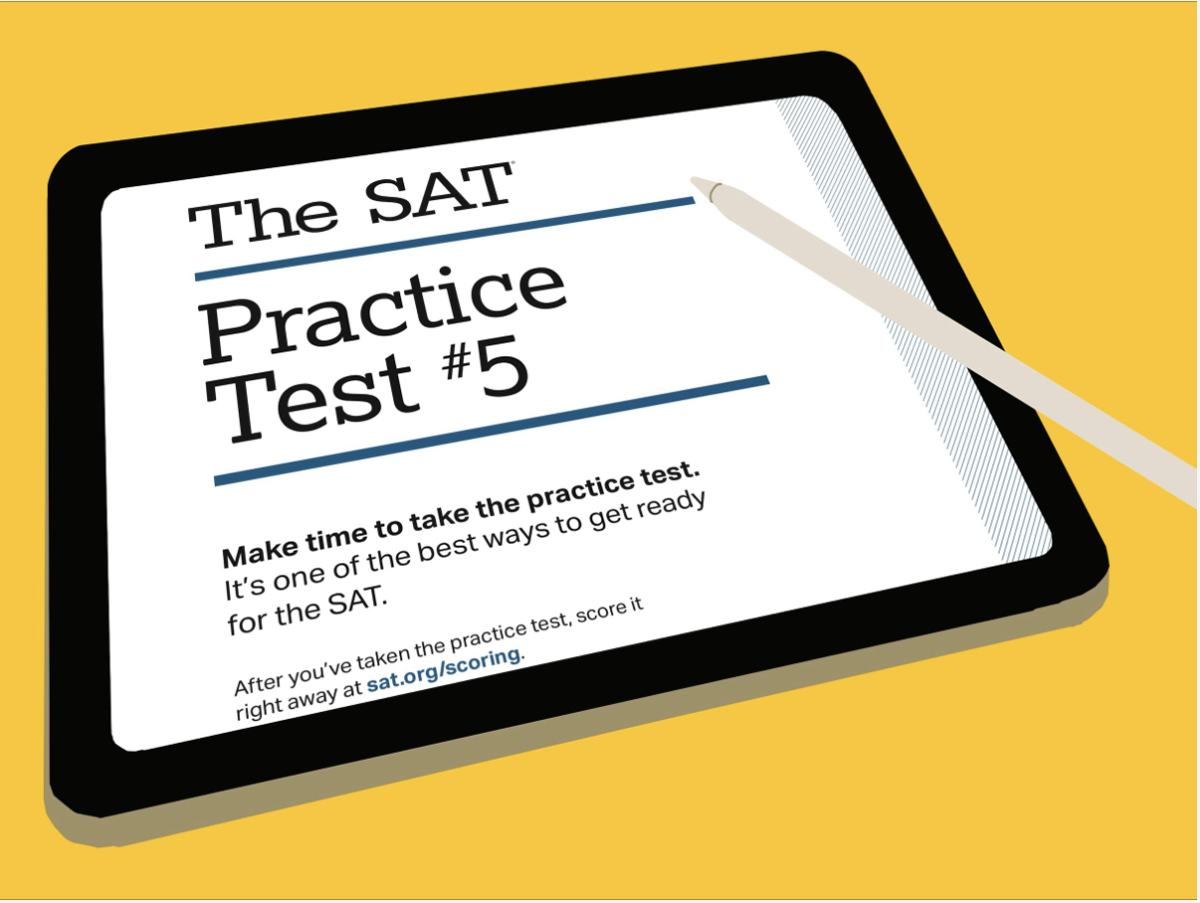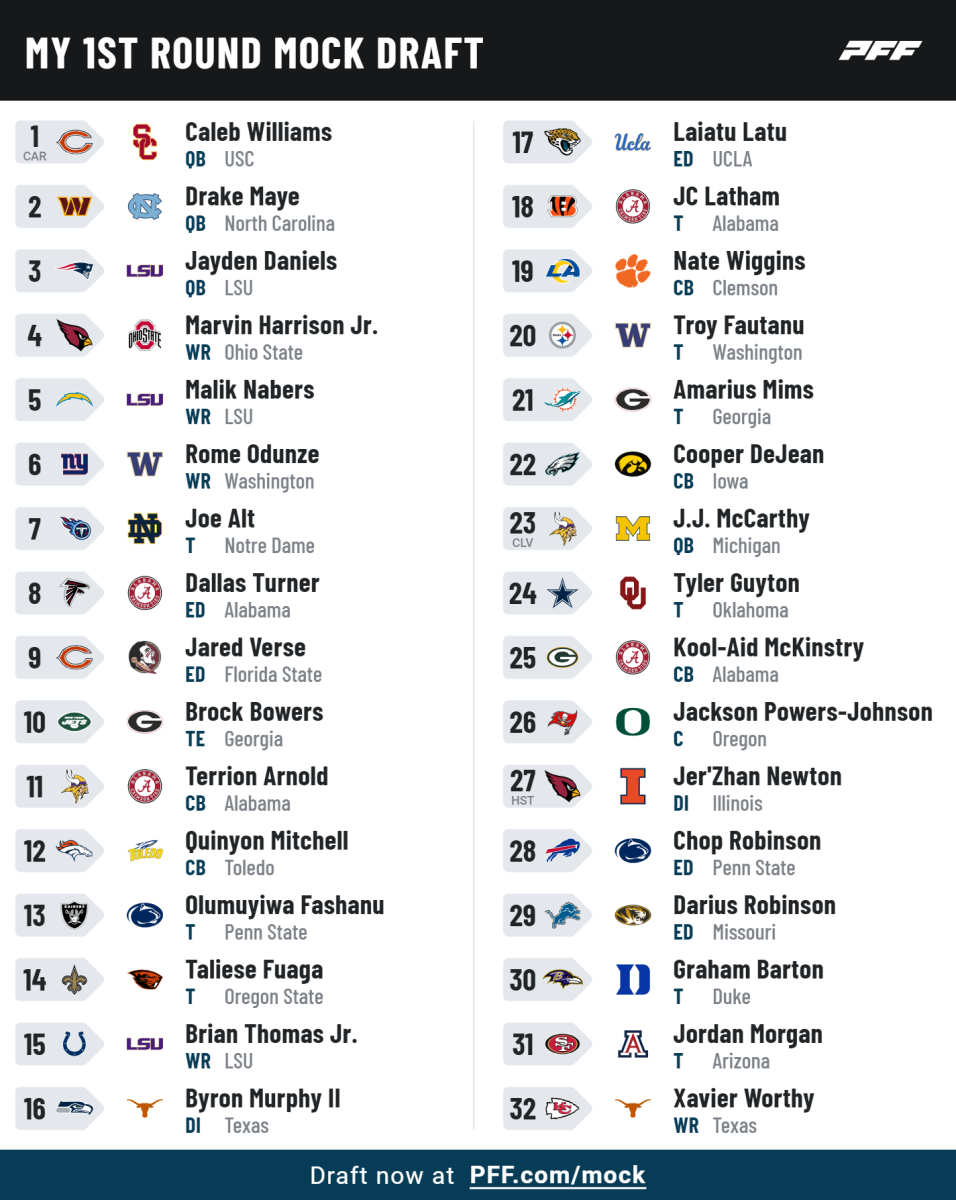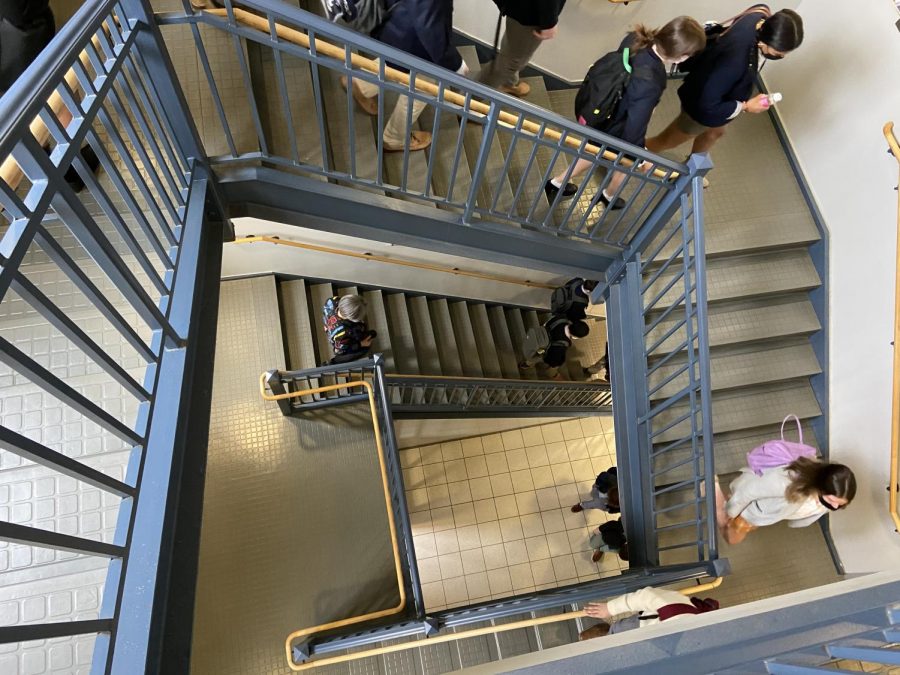Hill students and faculty reflect on the changes to this year’s class schedule
The 2020-21 school year has taken a different route from years past because the COVID-19 pandemic affected what teachers and students could do, forcing changes to the academic calendar. Hill had three main strategies to adjust the schedule for this academic year: lengthening each period; instituting a rotation of classes so fewer met at a time; and piloting H-term between January and mid-February.
The workload has been quite different for faculty in regards to how they operate during the days of the week. “It would have been interesting to play out the schedule in a non-COVID pandemic year,” Erin Ruane, chair of the science department, said. “I think it’s been more work in the sense that, pedagogically, myself and other members of the department had to shift.”
Ruane explained that moving from planning 45-minute lessons to planning 80-minute lessons has been a “big shift.”
See below for a more in-depth explanation on the class workload from Erin Ruane:
Ruane said it can be tricky to navigate the time length of the class to get the most out of it for the students. Some teachers tried to change their style of teaching for the new length classes, while others wanted to pursue the material at a faster rate, she explained.
With longer classes, Dan McMains, chairman of the history department, said he can get through more material compared to years past. The departments all have their differences in material, but there seemed to be wide agreement that the longer time length for each class allowed the students to learn more.
“I sat in on a couple of classes and saw that you can spend more time on a case study and spend more time on an experiment,” Ruane said.
These longer class periods came with some benefits outside of the classroom. There were longer intermissions between classes, as well as a longer lunch break. Because of social distancing, there are four 30-minute lunches, which means students and faculty have 90 minutes to take a break from the day.
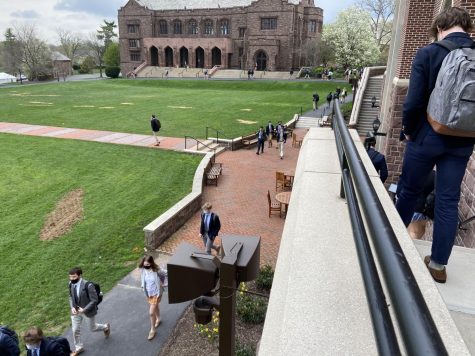
“The long lunch break is nice, but the lengthy class time can feel lengthy at times,” said fifth former Jace White.
He said that he feels the new schedule is easier to manage in regards to homework, and he expressed his joyful feelings now that he has a free period, which is an hour and a half of time, to do what he wants.
Hill students such as fifth formers Hayley Gable and Adele Harris said that the lunch break really helps them to take a mental break throughout the day. The two-hour lunch slot was designed to have socially distanced lunches as well as give students the time they need to recharge their minds.
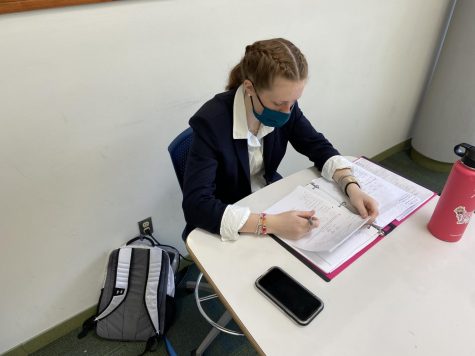
Hudak expressed that such reactions were the ones that she wanted to hear. She wanted the longer break for that reason, to help the mental and physical state of the students.
“I think that some kids have enjoyed being able to take a breath and sit and talk to their friends before class starts, so again, the mental health is always, is always at the heart of it,” she said.
The longer intermissions between classes were designed to help teachers prepare for the next class, Hudak explained. She also wanted the teachers to have enough time to wipe down seats and desks and door knobs so that the incoming students will feel safe and healthy in class.
Those sanitation procedures have died down quite a bit since campus health protocols keep decreasing through the year, so students have found that the long break has been a nice change to take a break in between the classes.
“I mean three classes a day, just probably the time length, just 80 minutes is a lot,” said fourth former Josh Cameron.
Hill issues new rotation cycle for classes to maximize mental and physical health
Hill changed when classes met this year. Of the seven classes (ABCDEFG), there are rotations that only include either ABC or DEFG. The cycle of these rotations has been that ABC classes met for 18 days straight, then it would switch to DEFG classes for 24 days. This has been a change for everyone on campus; because, although during the rotation they see that class every day, it would be around a month until they saw that class again once the switch happened.
“There are fewer classes to prepare for each day,” said Matthew Gettings, senior master of mathematics. He was fortunate enough to have a small amount of classes this year and with the rotation it was easier for him.
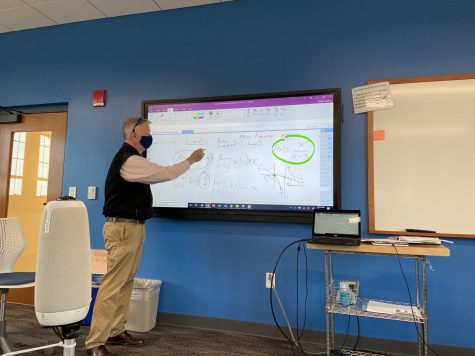
“It has its good and bad points; I think my students benefited from having even smaller classes then they normally do,” he said.
Gettings expressed how, in the math field, it is hard to learn at a healthy and beneficial rate when there are such large gaps between cycles. In math, there needs to be constant practice, he mentioned, so the schedule has made it difficult for some students to move into the next topic right away.
“I think I am in an easier spot than most; I don’t teach as many sections as my colleagues do,” McMains said.
His situation, like Gettings’, had been beneficial for the teachers because with fewer classes they could spend more time planning their schedule and plan for the day.
“So all of the decisions that we made were based on two things, physical and mental health of students. The three class idea was from the physical health side of things,” Hudak said.
At first Hudak and the academic council wanted to have the students travel in the same small groups, but she mentioned how that was too complicated and would not benefit the students.
“We thought that by minimizing the amount of contacts they had every day, we could make things that much safer. We called it a modified cohort.”
See below to hear Katy Hudak speak more in-depth about the class schedule:
The long breaks in between class rotations was a hard plan, but it was the most ideal. Hudak said that the academic council knew that these long breaks in the rotations of classes would be hard for the math and foreign language departments, but she said that that was the best way to go.
Hill pilots their newly developed learning program in the academic calendar this winter
H-term is the newly developed program that allows students to take classes that they would not normally be able to take through the academic calendar. This was something different for The Hill School this year, but it is not uncommon in the prep school world.
The majority of teachers interviewed said that the length of H-term, which ran from January to mid-February, was too long. Gettings said that he found that the students in his advisory got something out of it because they were able to take some new classes that they were passionate about.
“It was a different type of course, not something I usually do in the sciences,” Ruane said.
She touched on how much she enjoyed H-term because she was able to teach a group of passionate learners as well as teach something that she enjoyed.
“I think it was beneficial,” McMains said. “I mean there was a lot of history happening in America.”
Regarding the review classwork that the students also had for each of their year-round classes during H-term, McMains felt that, with his students, the amount of work or the type of work that he assigned was beneficial to the student, not just busy work.
Watch below to see the nightly routine for a student during H-term:
With certain AP classes needing to get through material, McMains and Ruane both expressed that during H-term those students still plowed through their material without being in-person.
“I know it’s hard for the students, but as an educator it is my job to help them succeed,” Ruane said. She was troubled this year because the AP tests are a huge deal and, with the new class schedule, it was tricky to navigate the curriculum to get through the material in time for the AP exams this May.
Hudak expressed that even she felt that the time length of H-term was long, but she said that it looked like a viable amount of time when it was originally created and that the experiment was worth it. She concluded, “H-term has found a home here at Hill.”

